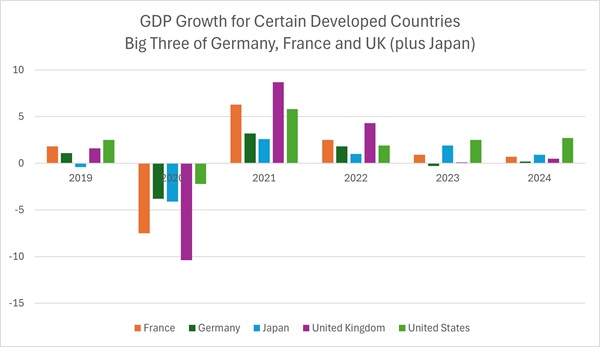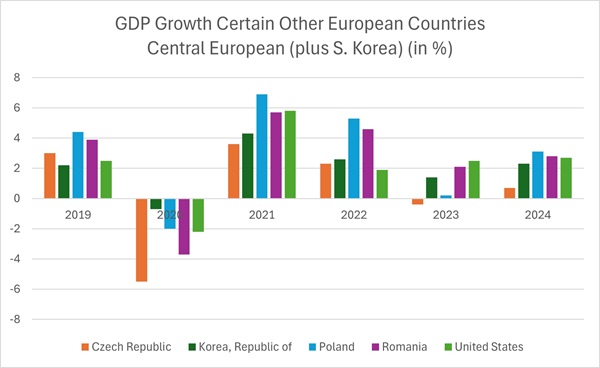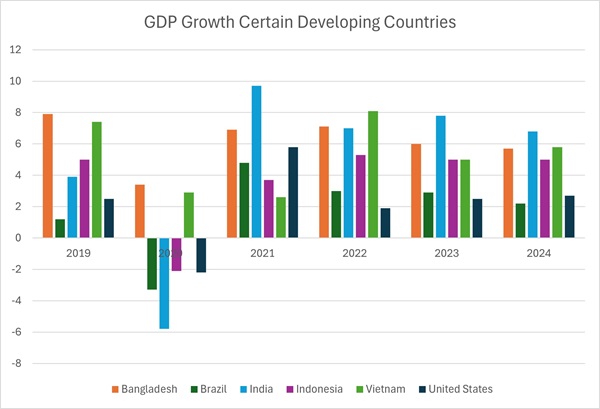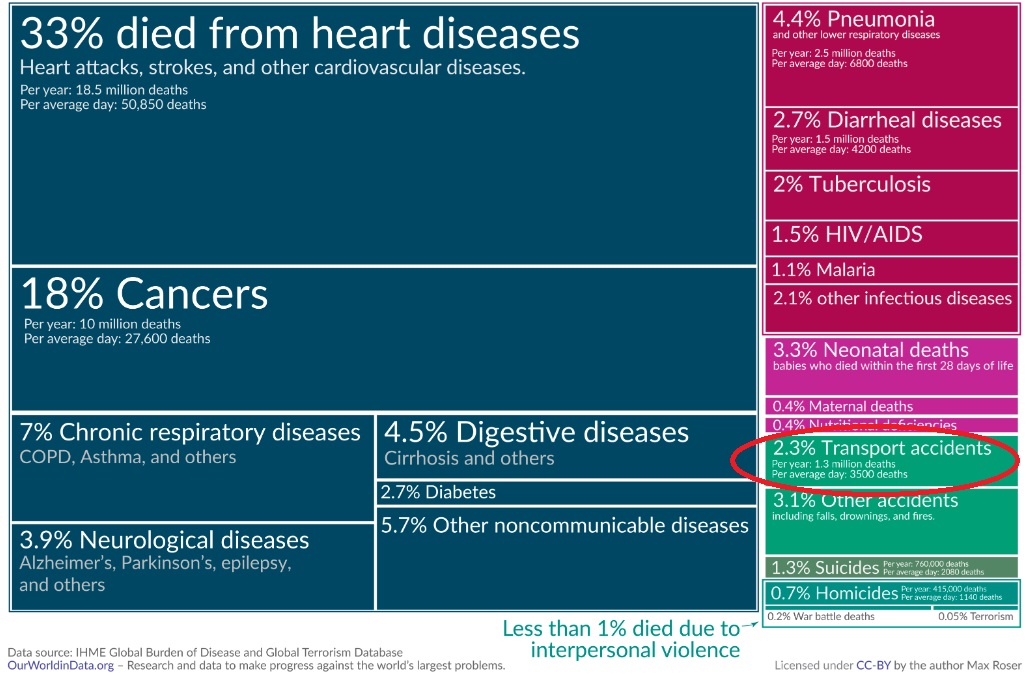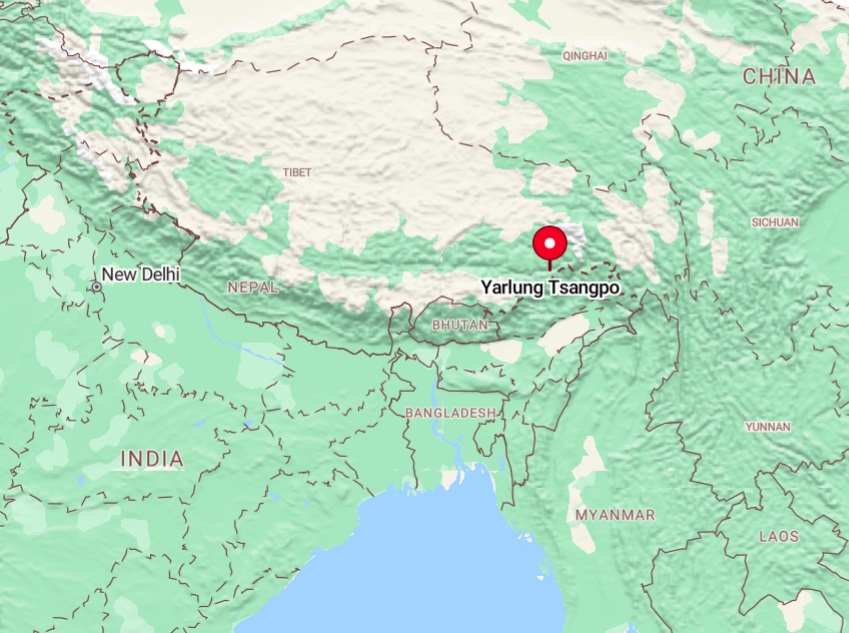Our habit is to read more than one book at a time. We don’t mean in one sitting, left eye on one book, right eye on the other. We’ll have two or three books going, one night reading one and another evening another or sometimes turning from one to another in a single night. At the least we are usually reading one novel and one nonfiction book, though sometimes we find the nonfiction to be less believable than the novel. Currently we are reading At the Edge of Empire, a NY Times reporter’s chronicle of his time in China and his father’s experience living under Mao-lead China; Kingfish, a biography of Huey Long, the corrupt governor of Louisiana; and re-reading an old Dortmunder novel, Jimmy The Kid, a comic caper about an incompetent but amusing group of thieves.
On the surface you’d think these three books have nothing in common. But as we read them, we find themes very much intertwined, especially in this current crazy electoral and global strategic season we all find ourselves in. Indeed we’re reading the Huey Long book because it was referenced in an article in The Atlantic which compared the current Republican candidate for president to Louisianan Democrat Long. And, we have to admit, there are similarities (and many differences). In Edge of Empire the author describes his father’s patriotism in the “new China” of the 1950s being continually rewarded with repression and indignities. And Dortmunder and his team of thieves develop an elaborate plan for a crime that will reward them with riches, that is based on a plan found in a book about a competent thief. Let’s just they don’t implement the plan nearly as well.
Which is all to say that so much of what we see, hear and do is connected, in ways seen and unseen, in scary and humorous ways, sometimes all at once. And we see the complications in countries’ GDP growth, re-herald the arrival of autonomous vehicles and worry about those damn dams in China. It’s this week’s International Need to Know, raking through leaves of international information, picking shiny apples of global data throughout our Seattle autumn.
Without further ado, here’s what you need to know.
Who Is Growing Is Complicated
We’ve been seeing lots of charts passed along recently showing the U.S. is growing faster than other developed countries since 2019. But there’s a certain amount of cherry picking happening here, both in the countries chosen and the date range. Cherry picking is annoying because it reminds us that delicious Washington state cherries can no longer be found in the store. It’s true, as the charts being passed along show, that the U.S. did less badly in 2020 than some developed countries. In 2021 and 2022, it was middling with the UK and France doing better. Where the U.S. has been a star and certain developed countries have fallen off is the last two years. We can ask why the U.S. is doing relatively well and we’ll hear many different answers, often with a bent more political than economic. A more interesting question is why some of these European countries are doing so badly. And by European we’re talking the old big three: France, Germany and the U.K. (first chart below). Some European countries, such as Poland, Romania and Czechia are doing fine (second chart below). We include Japan in the first chart and South Korea in the second, both of which are lagging somewhat the last two years. If we include developing countries (third chart below) such as India, Vietnam, Indonesia and Brazil, they are also doing fine. Of course, developing countries should be growing faster than developed countries such as the U .S. The picture is a bit more complicated than the charts being passed around the Internet, as is life itself.
Getting Ready for Autonomous Vehicles
Long time readers know we were early on self-driving cars…way too early as it turned out. Autonomous vehicles did not arrive in the time frame we predicted. Their delay in arrival has caused many to decide they will never emerge and others to forget progress continues. In fact, progress has been sufficient enough that it is again worth thinking through what autonomous vehicles will mean for our world. After all, Waymo self-driving cars—the gold standard in the U.S. (Tesla is likely a sideshow)–are already far safer than human drivers. Waymo’s taxi service has expanded to four cities with plans for more. And, in China there are multiple companies with self-driving cars on the road (in our original prediction nearly 15 years ago we thought China would be the leader because of regulatory problems in the U.S.).
So with autonomous vehicles closer than ever, we read with interest Austin Vernon’s essay on how they could change our transportation world. He notes cars are heavier than they need to be because humans are bad drivers, necessitating armor and size to protect us from ourselves. More than one million people around the globe die per year in traffic accidents. Vernon predicts that electric autonomous cars will be light and thus cheap, in the range of $2000. If there are few crashes, he asserts, than vehicles can be smaller and lighter. We are skeptical of this. For example, what about freight and trucks? They’ll still be on the road. And fewer crashes does not mean none. Humans have become less risk adverse as we live longer and so we should expect vehicles, even if they are safer, to include even more safety measures and devices. But, we could be wrong. What is most interesting is we are again at a point where it makes sense to prepare for, argue about and analyze an autonomous vehicle future, that is likely arriving much sooner than most people think.
China Corner: Damning Dams
Water is life. Water is power. Water is many things, including when frozen and plopped into a drink quite refreshing. It is also something countries fight over. China is building a “60,000 megawatt dam on the Yarlung Tsangpo River in Medog” near the Indian border. And some in India are concerned. One former government official in India is quoted in the Indian newspaper, The Arunachal Times worrying that, “They can either divert the entire river flow, drying up our Siang, or release water at once, causing unprecedented floods havoc downstream.” Of course, it’s not just India with concerns about Chinese dams. For a number of years Vietnam has been concerned about the Jinghong Dam which is located on the Mekong segment located in China (there it’s called the Lancang River) near Jinghong City. Here the worry is both water flow and sediment. India and China have had border clashes near Nepal in recent years. Vietnam both works with and is wary of China. Water issues that cross borders are likely increasingly common with climate change. They also by nature require coordination and cooperation. But China is not always cooperative. And so here is another area we need to monitor. With all their use, our monitoring stations are straining like a weakened dam.

